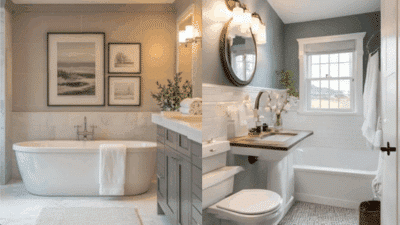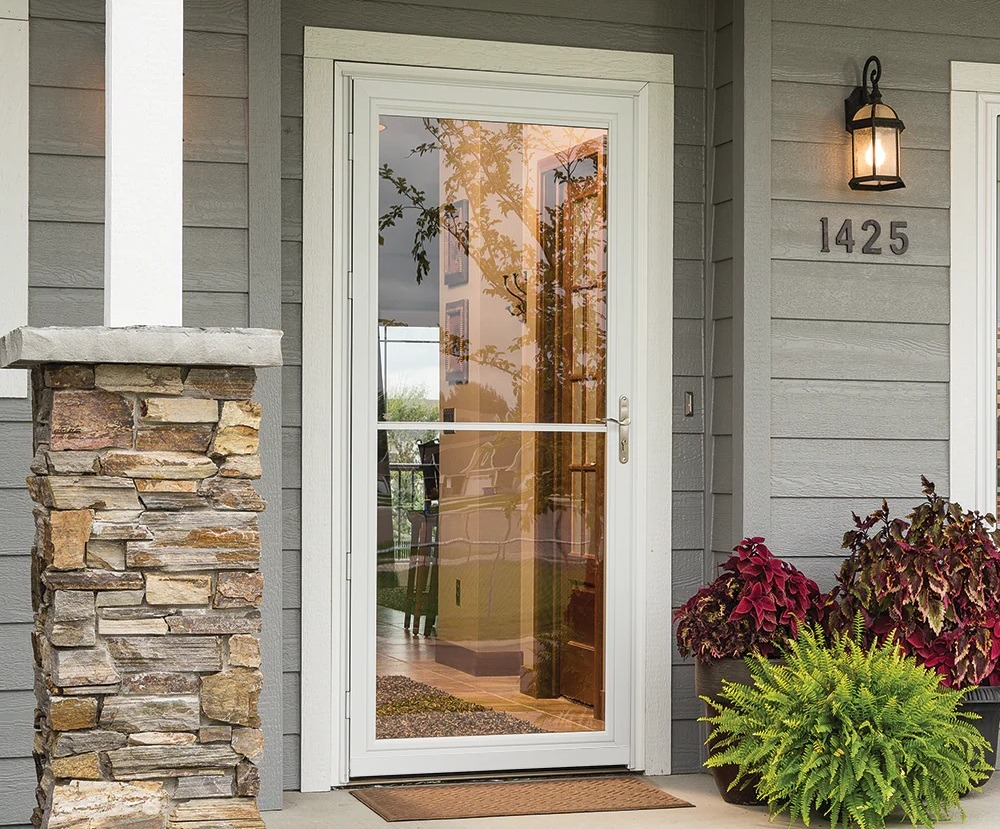
Thinking about adding a storm door to your entryway?
You’re not alone. Many homeowners in the GTA ask if storm doors are still worth it today. Some do it to stop drafts. Others want to protect their main door from harsh weather. And some are just unsure if it’s necessary.
In this guide, I’ll walk you through when a storm door actually helps and when it might not be the best idea. I’ve worked with hundreds of homes across Toronto, Mississauga, and surrounding areas. So I’ll share what I’ve seen work and what doesn’t.
Let’s get started with the basics:
What Is a Storm Door?
A storm door is a second door that sits outside your main entry door.
It usually has a metal frame with a glass panel or screen inside it. You’ve probably seen one before without even noticing.
Most storm doors have either a full-glass panel or a screen that slides open for airflow. Some even let you switch between glass and screen depending on the season. You open the storm door first, then your main door behind it.
Think of it like a protective shell. It helps block out wind, rain, snow, and bugs before they reach your real front door.
When Storm Doors Help in the GTA
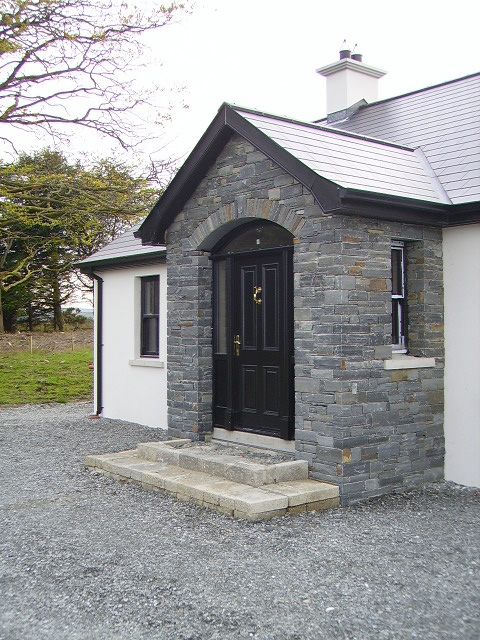

They Help in Harsh Winters
In the GTA, winter gets cold.
Wind chill often drops below -20°C. A storm door creates an extra layer of insulation. It traps air between the two doors, which helps keep the cold out and the heat in.
This can reduce your energy bill a little, especially if your main door is older or a bit drafty.
They Protect Your Main Door
This is one of the top reasons people install storm doors.
A good quality front door isn’t cheap. If yours is wood or has a painted finish, sun and moisture can wear it down fast. Storm doors protect against rain, snow, road salt, and UV damage.
Over time, this protection adds years to the life of your main door.
It also keeps it looking newer for longer, which is important if you’ve invested in a nice one.
They Add Ventilation Without Bugs
Many storm doors come with a screen option.
On warmer days, you can leave your main door open and keep the storm door shut. This lets fresh air in while keeping bugs out.
If your home doesn’t get great airflow or lacks windows in the entry area, this can be a nice bonus.
They Add Extra Security
Some storm doors come with strong frames and locking handles.
They’re not as strong as your main door, but they do add a second barrier.
It’s one more thing a potential intruder has to get through. That alone is enough peace of mind for some families, especially if they have glass-heavy or decorative front doors.
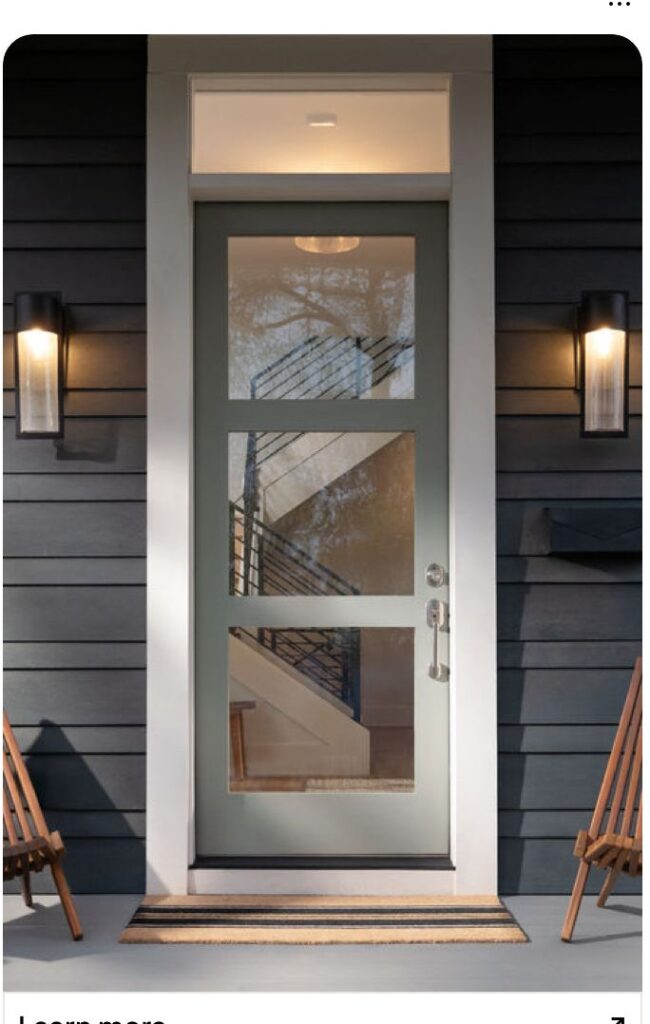
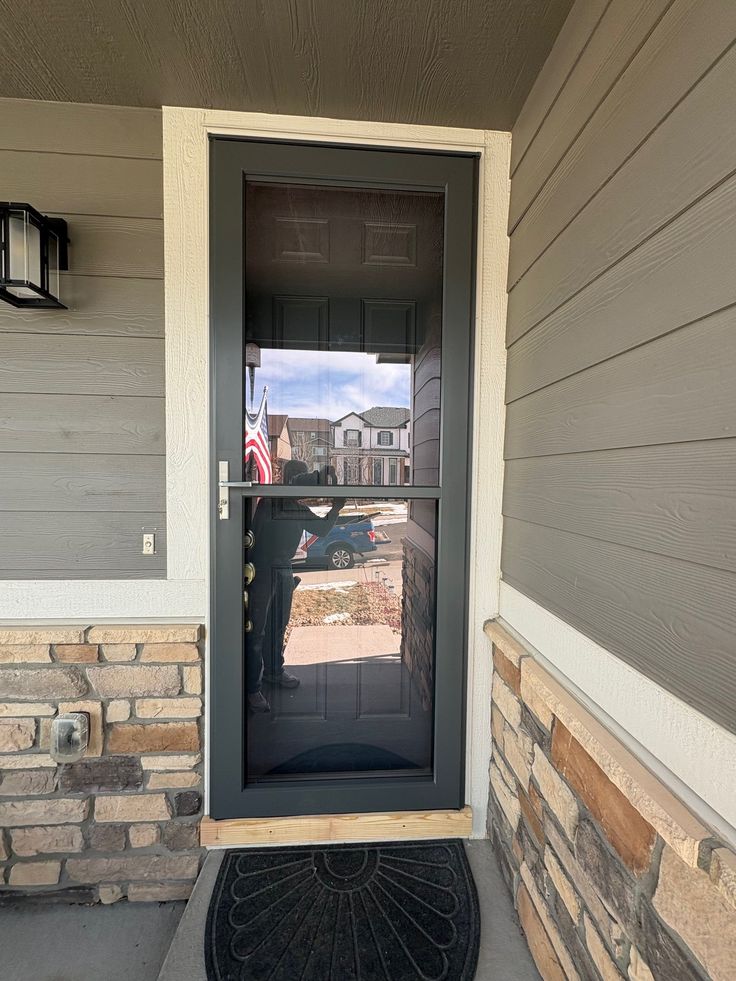
When Storm Doors Don’t Help (Or Even Hurt)
If You Already Have a Modern, Insulated Door
Most newer front doors, especially fiberglass or steel, already come with built-in insulation and tight weather seals.
They’re made to block drafts, resist water, and handle Canadian winters on their own. In these cases, a storm door doesn’t do much.
In fact, if your main door is ENERGY STAR certified, adding a storm door won’t boost efficiency by much.
You might just be layering protection you don’t need.
If Your Door Faces Direct Sunlight
This one is important.
If your entry door faces south or west, it probably gets a lot of direct sun.
When you install a storm door over it, heat can build up in the air space between the two doors.
That heat can get intense—sometimes over 120°F (49°C) inside that gap.
And if your main door has a dark color or is made of fiberglass, that heat could cause warping or peeling over time.
Some door warranties won’t even cover damage caused by trapped heat.
If Accessibility Is a Concern
For some homeowners, a storm door can just get in the way.
It adds an extra step to entering or exiting the house. If you have mobility issues, carry groceries often, or use strollers or walkers, two doors can feel like a hassle.
A lot of families prefer a single door that’s easy to open and close without juggling handles.
In these cases, skipping the storm door keeps things simple and smooth.
What Type of Homes in the GTA Benefit Most?
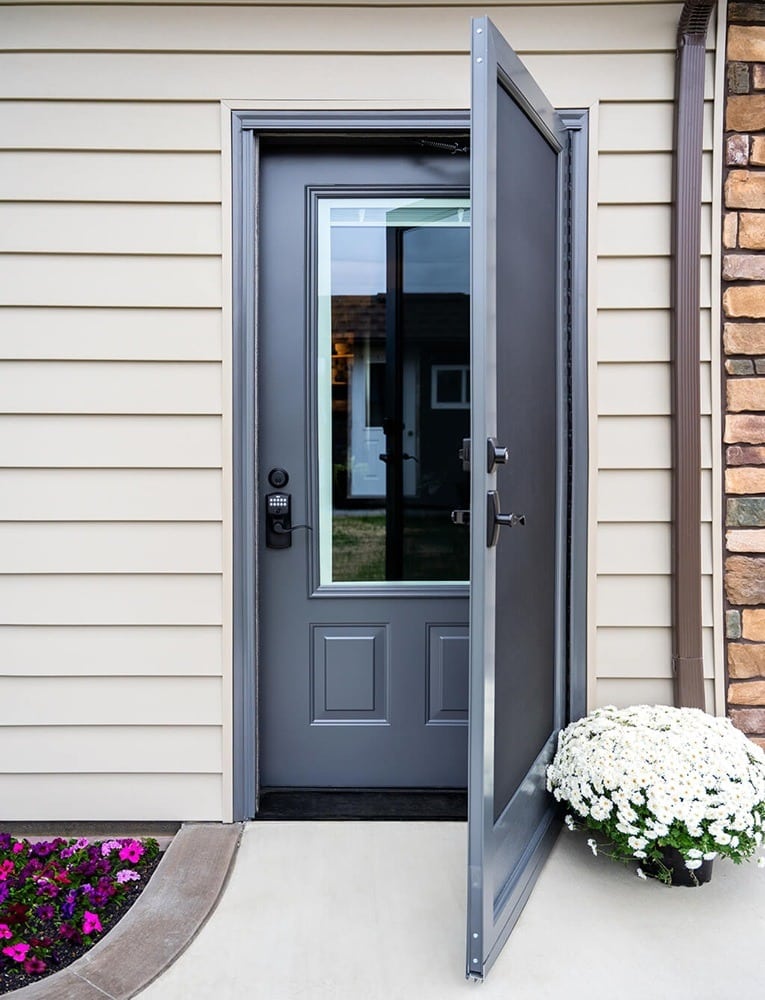
You might be wondering if your home actually needs one.
Here’s what I’ve seen over the years.
Storm doors tend to make the most sense for older homes in Toronto, Etobicoke, or Scarborough.
Many of these houses have older entry doors that lose heat or let in drafts.
If replacing the main door isn’t in the budget yet, a storm door is a smart short-term fix.
Homes with expensive wooden or stained front doors also benefit.
A storm door adds protection from water and sun, especially if there’s no overhang or porch roof.
If your property is exposed to wind: like a corner lot or an open front yard in Mississauga or Vaughan, a storm door blocks gusts and keeps entry areas calmer.
And finally, if you like fresh air but hate mosquitoes, a screen-style storm door can be a real win in spring and summer.
Alternatives to Storm Doors
Storm doors aren’t your only option.
If your goal is better insulation, you might be better off upgrading your main door.
Newer entry doors are much more energy-efficient than older ones from the 90s or early 2000s.
Want to protect your door from weather?
Consider adding a small roof or awning above your entryway. It keeps rain, snow, and sun off without the downsides of a storm door.
If ventilation is your main reason, look into adding side windows (sidelites) that open, or even a full-lite door with privacy glass.
And for those concerned about bugs or airflow, you can also explore retractable screen systems that don’t require a full storm door frame.
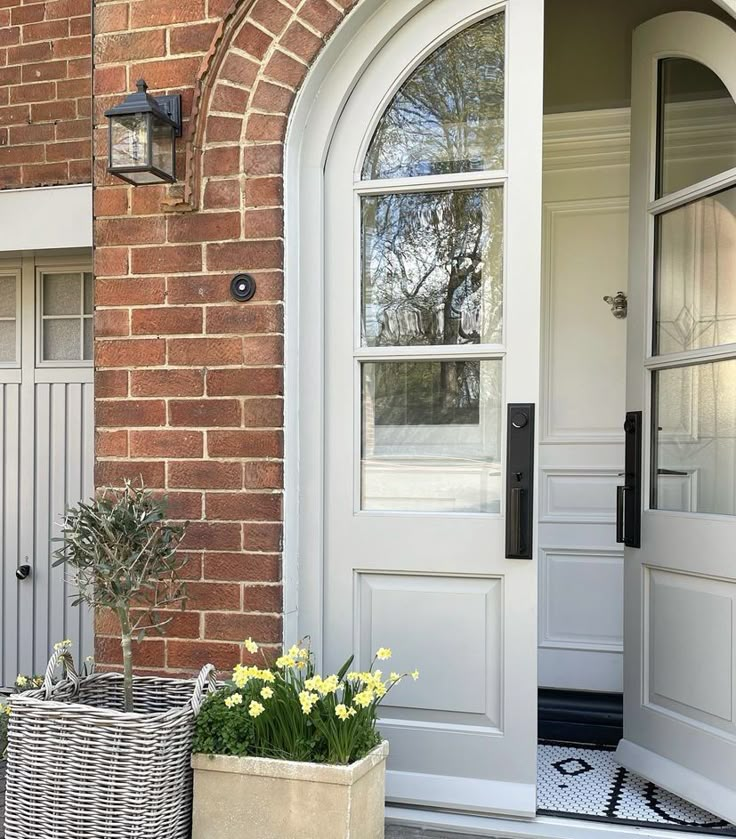
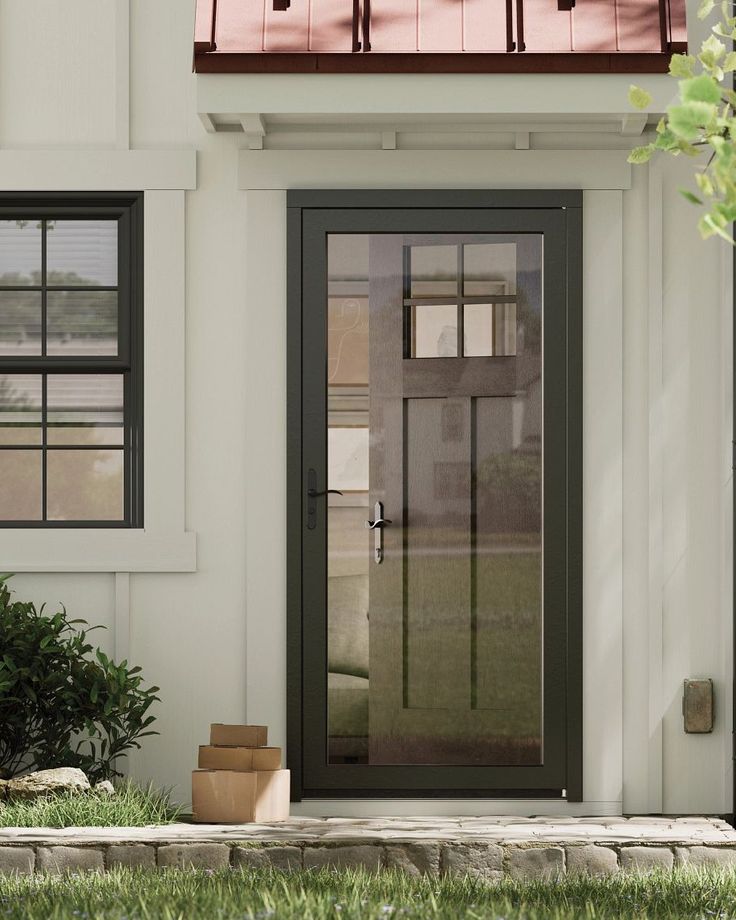
Final Thoughts: Is a Storm Door Right for You?
There’s no one-size-fits-all answer here.
Storm doors can be really helpful: but only in the right situations.
If your main door is older, faces the wind, or needs some protection, a storm door is worth considering.
It gives you insulation, ventilation, and peace of mind without replacing your entry door right away.
But if you already have a newer, well-sealed door, adding a storm door might not help much.
In some cases, it could even cause issues: especially if your front door gets strong sunlight.
Before you install one, think about how your entry is used.
Do you need airflow? Is weather damage a concern? Would a second door slow things down or get in the way?
Still not sure?
Talk to a local door expert who’s worked with homes in your neighborhood.
They’ll take one look at your setup and tell you if it’s worth it; or not.
- 0shares
- Facebook0
- Pinterest0
- Twitter0

